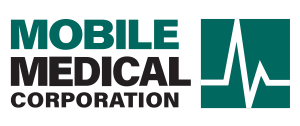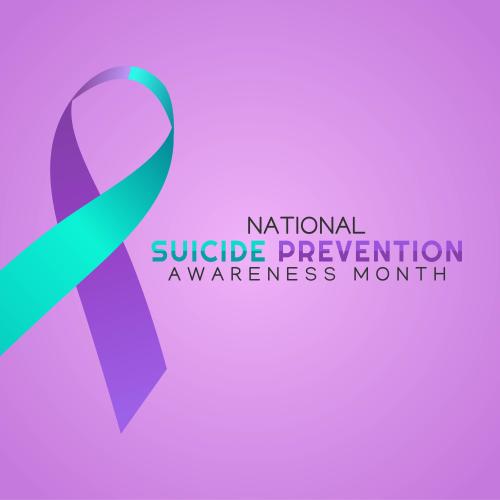September marks National Suicide Prevention Month, a time dedicated to raising awareness for suicide prevention and treatment, breaking down the stigma of discussing mental health issues and seeking help, sharing resources and support, and remembering those who have lost their lives to suicide. According to the National Alliance on Mental Illness (NAMI), suicide is the 2nd leading cause of death among people aged 10-14, the 3rd leading cause of death among those aged 15-24, and the 12th leading cause of death overall in the U.S. 46% of people who die by suicide had a diagnosed mental health condition — but research suggests that 90% may have experienced symptoms of a mental health condition
It is not always easy to talk to someone about suicide/mental health, but when someone's life is at risk, it is more important to ensure their safety than dance around the topic. Here is a step-by-step guide to help you through the conversation.
- Ask - Start the Conversation
- Prepare: Practice what you will say, plan for a time when you won't be rushed, and come with crisis resources on hand. It's important to be patient, understanding, and provide hope.
- Using non-judgmental language, ask directly about suicide. Mention what prompted you to ask, making it clear you aren't asking "out of the blue." If they answer YES to your direct question about suicide, stay calm and don't leave the person alone until further help is obtained.
- Be there - Listen, Express Concern, Reassure
- Listen and validate their feelings, let the person know you are genuinely concerned, and that you take their situation seriously.
- Keep them Safe - Create a Safety Plan
- Create a safety plan together. Ask what will help keep them safe and make sure they do not have access to any lethal means and ask if they will refrain from using drugs or alcohol.
- Get a verbal commitment that the person will not act upon thoughts of suicide until they have met with a professional.
- Help them Connect - Get Help
- Provide the resources you have come prepared with.
- Give them a "warm hand off" to someone who can help. Help them call the National Suicide Prevention Lifeline or connect them with a mental health professional. Stay connected.
- If you feel the situation is critical, take the person to a nearby Emergency Room or call 911.
- What NOT to Say
- Don't ask about suicide in a way that indicates you want "No" for an answer.
- Don't tell the person to do it. This is the most dangerous thing you can say.
- Don't promise secrecy. Instead, you can say: "I care about you too much to keep a secret like this. You need help and I am here to help you get it."
REMEMBER: Talking about suicide does NOT put the idea in someone's head. It gives them permission to talk about it and they are usually relieved. Mental health is a personal issue, a family issue, a work issue, and a societal issue. This is why mental health should be part of the SAFETY CONVERSATION.
The following warning signs indicate that the individual needs intervention:
- Hopelessness
- Rage, uncontrolled anger, seeking revenge
- Increased alcohol or drug use
- Withdrawing from family and friends
- Anxiety, agitation, being unable to sleep or sleeping all the time
- Dramatic mood changes
- Expressing feelings that life is meaningless or that there is no reason to live
- Insomnia
- Feeling desperate or trapped, like there's no way out
- Seeing no reason for living or having no sense of purpose in life
- Diagnosed with a mental illness, particularly depression, bipolar disorder, or schizophrenia
- Acting recklessly or engaging in risky activities
- Engaging in violent or self-destructive behavior
- Withdrawing from friends, family, and society
Additional information for National Suicide Prevention Month:
Important dates:
- September 10th - World Suicide Prevention Day
- September 7th -13 National Suicide Prevention Week.
- Construction Suicide Prevention Week - September 8th -12th
Resources:
Yinz Good? - A Mental Health Resource for Construction Workers
2 Tuff 2 Talk - Suicide Prevention in Construction
Construction Suicide Prevention Week
AGCMO - Suicide Prevention in the Construction Industry
CPWR Suicide Prevention Resources
The Construction Industry Alliance for Suicide Prevention
The Substance Abuse and Mental Health Administration (SAMSHA)
The National Alliance on Mental Illness (NAMI)
OSHA: Preventing Suicides in Construction
National Safety Council - Promote Employee Mental Health and Wellbeing



